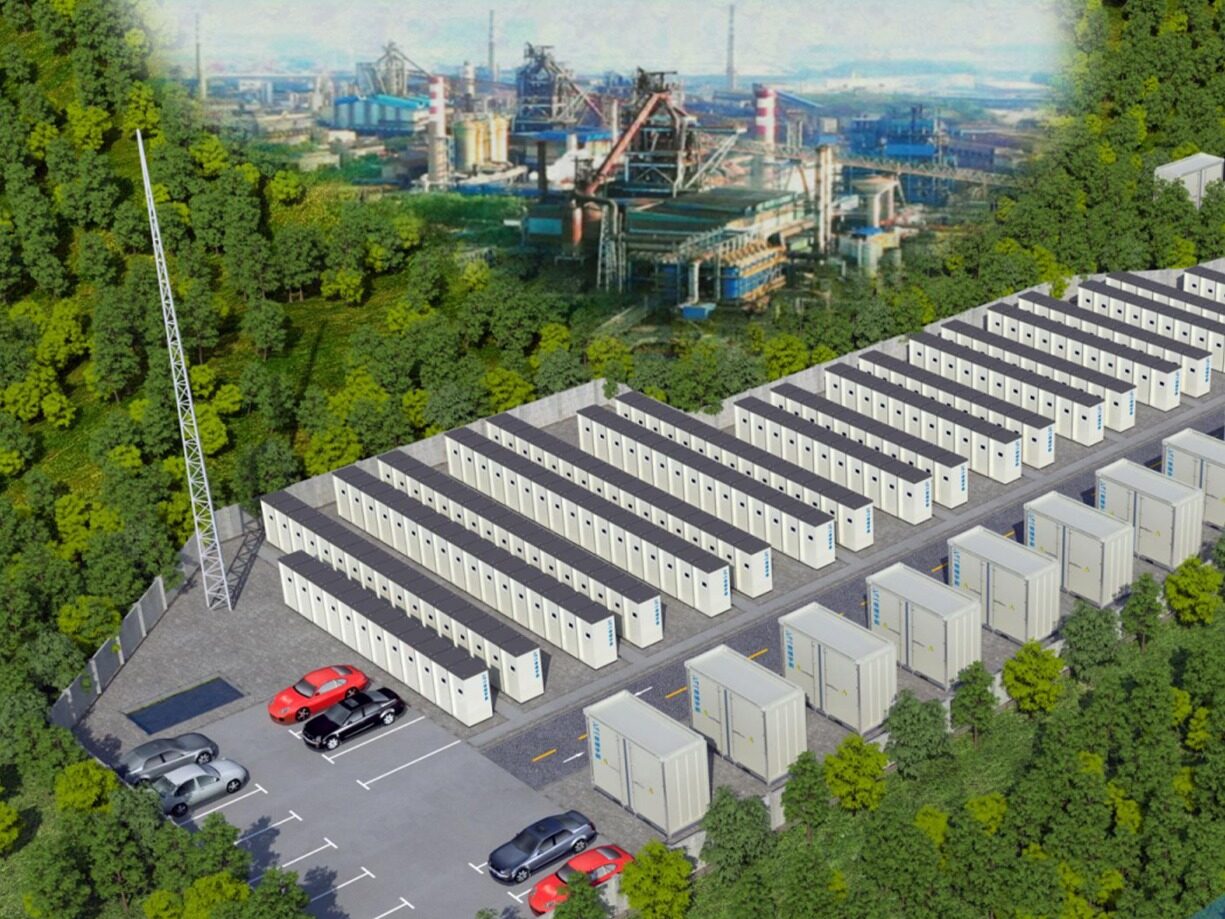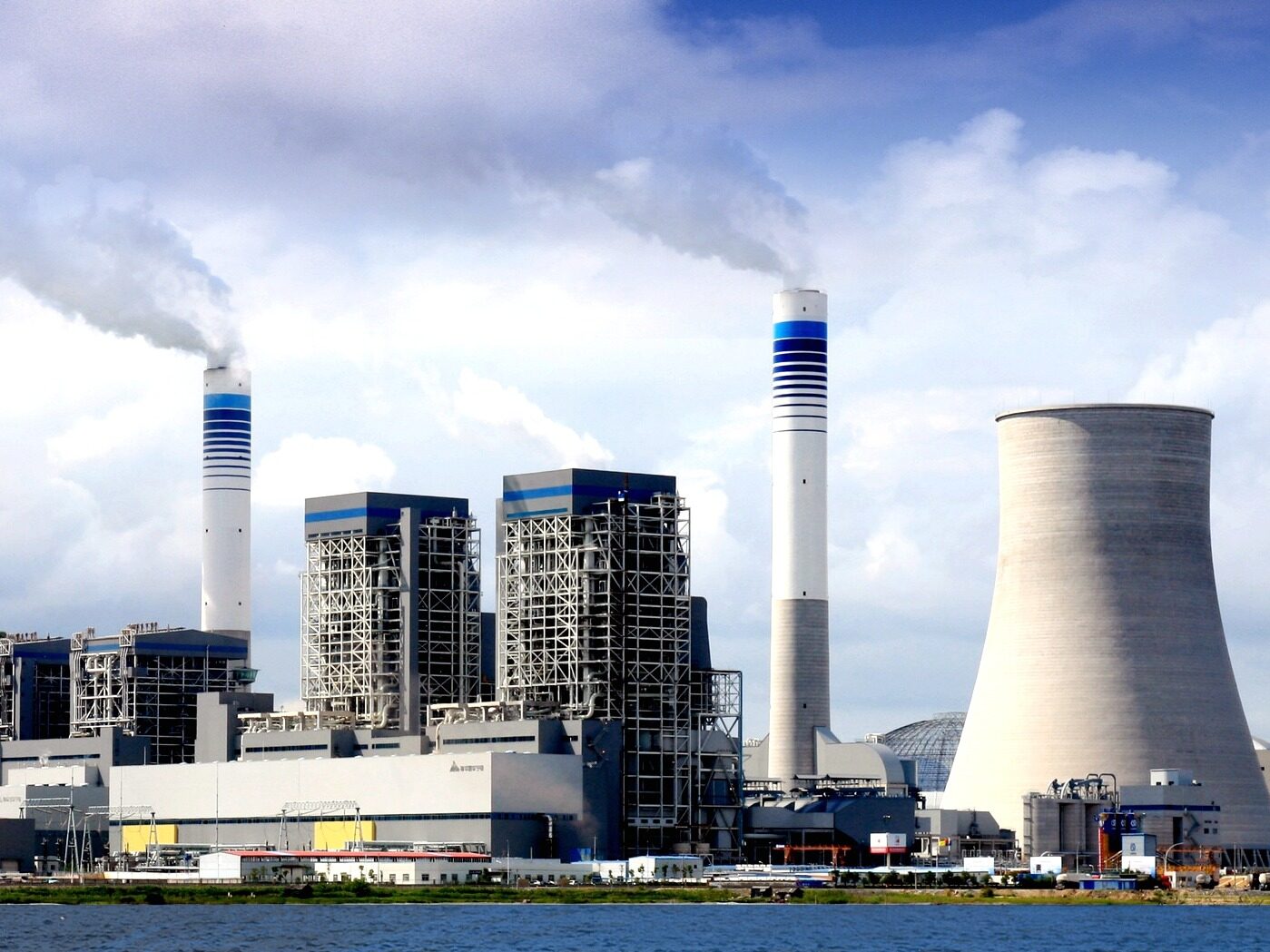- The strategy prioritizes the development of industry and infrastructure

Cameroon, as a member of the Central African Economic and Monetary Community, is one of the political and economic powers in Central Africa. On November 16, 2020, the Minister of Economy of Cameroon presided over the ceremony and officially announced the 2020-2030 National Development Strategy (SND30). It is planned that the average annual growth rate of Cameroon’s economy in the next 10 years will be 5.6%, and the proportion of trade deficit in GDP will increase from 6 in 2018. % Dropped to less than 3% in 2030.
The strategy sets four major goals. One is to carry out structural reforms in the areas of administration, finance, society, and the environment, to create conditions conducive to economic growth and the accumulation of national wealth, and to ensure industrialization; the other is to improve people’s living standards and improve society The availability of basic services has significantly reduced poverty and underemployment; the third is to improve the ability to respond to climate change to ensure sustainable and endogenous economic and social development; the fourth is to improve governance, continue to reform various institutions, and accelerate decentralization.
The strategy prioritizes the development of industry. It plans to increase the proportion of the secondary industry in GDP from 28.2% in 2018 to 36.8% in 2030, and the proportion of manufactured goods in exports from 26.3% in 2015 to 54.5% in 2030.
In addition, the strategy also lists infrastructure construction as a priority development direction, relying on large-scale investment to promote economic growth, and plans to increase the installed power capacity from 1,650MW in 2019 to 5,000MW by 2030, and add 6,000 kilometers of paved roads (still Priority is given to the 4,800-kilometer national road with dirt roads), a 1,500-kilometer railway will be built, the Limbe deep-water port construction project will continue to be studied, and a new terminal and a runway are planned for Douala Airport.
This strategy is the second phase of the "Vision Plan for 2035" issued by the Cameroonian government in 2009. The 2035 Vision Plan is implemented in three phases, focusing on developing agriculture, expanding energy production, increasing infrastructure investment, striving to improve the economic structure that relies on the export of raw materials, and striving to make Cameroon the top emerging industrialization in Africa by 2035. country. The first stage is 2010-2019. The Cameroonian government formulated the Strategic Development Plan for Economic Growth and Employment (DSCE) in 2009. During the ten-year period, the average annual economic growth rate reached 5.5%, but the actual average annual growth rate in the past ten years was only Up to 4.5%. Editor/Xu Shengpeng
Comment
 Praise
Praise
 Collect
Collect
 Comment
Comment
 Search
Search














Write something~